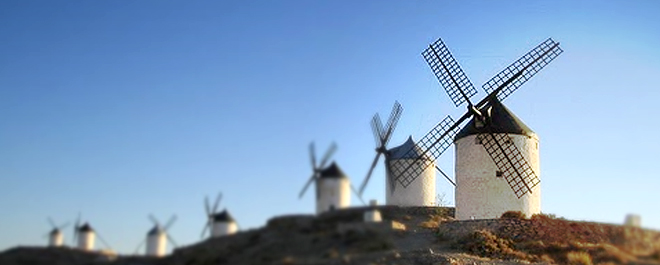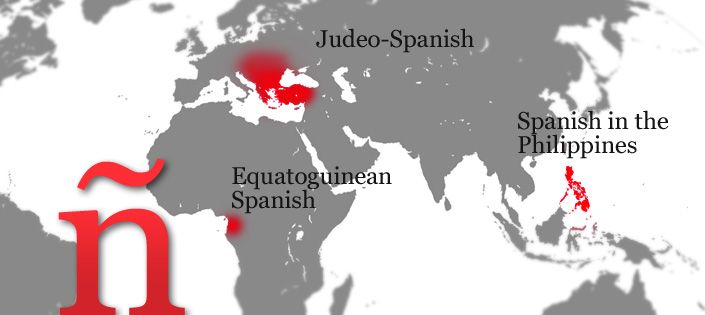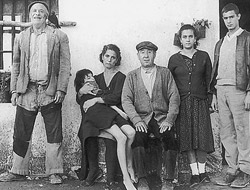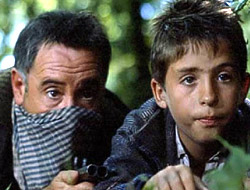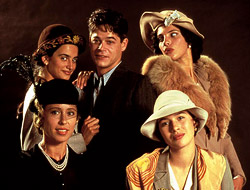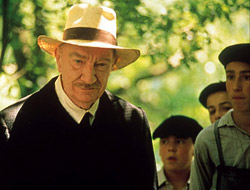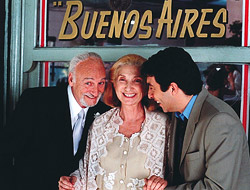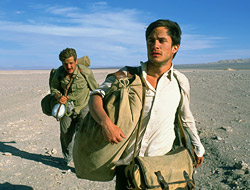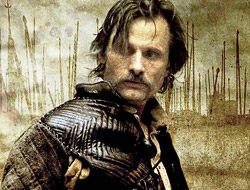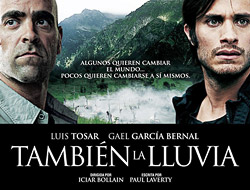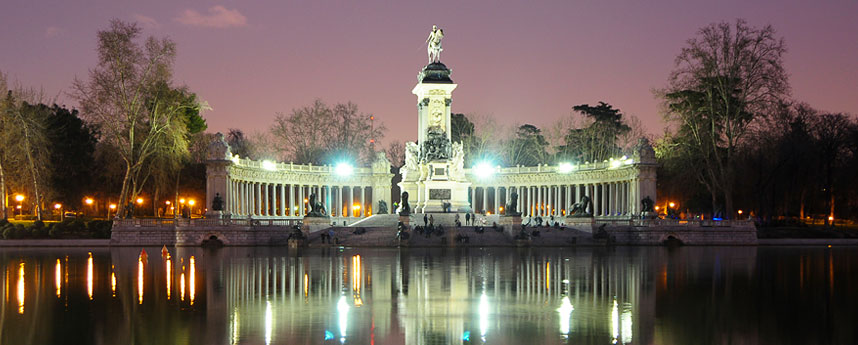The school system in Spain | donQuijote

In Spain, the school system is set up by the government and it is the job of the "Ministerio de Educación y Ciencia," the Ministry of Education, to keep quality high. There are also laws associated with this.
In some countries, as a Dutchman, you can get very confused by the school system. The years are divided differently or the level is not comparable. Spain's school system is similar to that of the Netherlands. However, there are some differences.
- Secondary education, Educación Segundaria Obligatoria (ESO), in Spain is similar to high school in the Netherlands. Only they don't have different levels at the schools in Spain.
- In Spain, as in France, they have the baccalaureate, a diploma that you obtain to gain entrance to university/higher education.
- The regulations regarding higher education and university are the same as in the Netherlands.
Education in Spain
Education in Spain does not differ much from the Dutch education system. The first layer is: nursery and primary education. In which we distinguish educación infantil and educación primaria. Educación infantil covers the first six years of the child's life in which the child is not required to attend school. From the age of 3 months until the third year, the child can attend la guardería, the nursery. This must be paid per month and working mothers receive financial assistance from the government. In addition, there is escuela infantil, the kindergarten. After the crèche, the child can attend kindergarten until it reaches the age of 6. From the age of 6 it is compulsory to attend school. Thus, all children must begin primary education, educación primaria. Primary education consists of three cycles of two years each. El primer cyclo begins when the child is 6 years old. With sufficient development, after two years he may proceed to el segundo cyclo and after another two years to el tercer cyclo. In the third cycle, the child is prepared for secondary education. They are taught Castellano (Spanish) as well as any autonomous language and literature.
Secondary education lasts four years and is given to children as young as 12 years old. All children are taught at the same level during these four years. In the second and final cycle, the student does choose a profile to prepare for the Baccalaureate or technical education and after four years of study and satisfactory completion of all subjects, the student receives a diploma: Graduado en Educación Secundaria. This diploma gives access to the Baccalaureate and technical training, depending on what the child's level is.
Higher secondary education is what children go to when they have successfully completed secondary education. This includes two levels: 'Bachillerato' and formación profesional. The 'Bachillerato' takes two years and is comparable in level to the havo in the Netherlands. The profile chosen by students in the second cycle of secondary education is continued as a specialization in an industry in addition to the compulsory, general subjects. The diploma you get after completing the Baccalaureate is a requirement for university admission. There is also formación profesional, which are classes and practical classes. It is training for a practical profession and gives access to further courses, a job and the Baccalaureate.
Higher education and university has been the same as in the Netherlands since 2006. As of 2006, Spain now also works with a Bachelor-Master structure. Before you can enter college or university, you must first take an entrance exam in Spain, "la Prueba de Acceso a la Universidad," better known as the selectividad. This tests the knowledge you learned at the Baccalaureate. The Bachelor in the Netherlands is called 'los Estudios de Grado' in Spain and lasts four years. To graduate, a graduation project must be done that eventually gives you el Titulo de Graduado. The next step is 'Máster Universitario' and takes two years. For this too you have to submit a report, better known as the thesis. For the real go-getters, there is 'Doctorado,' which involves independent research in preparation for writing the dissertation to get the highest title.
